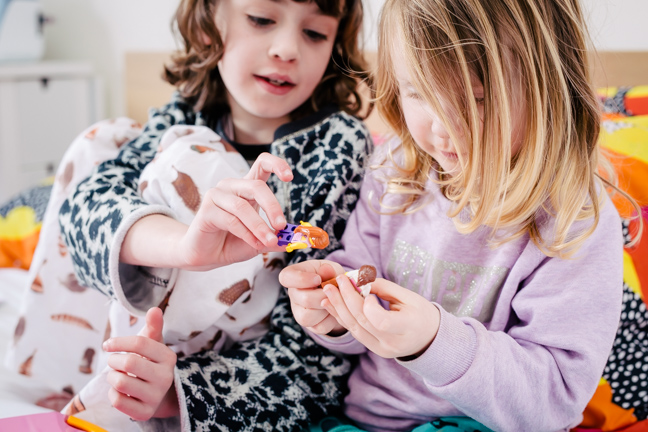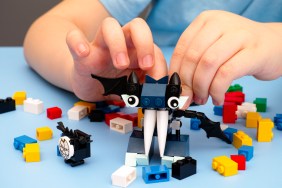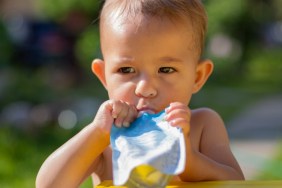
Do you daydream about your perfect house? Do you imagine the colour of the wood floors, the herbs growing in the kitchen, the kids squealing and making a mess in the backyard? Do you fantasise about cool feature walls, Scandinavian bunk beds and clever storage solutions? Maybe you can tell from my questions (or maybe my 1200+ pins on home decor give it away), but dreaming about the ultimate hipster nest is pretty much how I pass the time washing my 317th bottle of the day. And while online I’m all about pinning spectacular indoor swings and jumbo teepees, in real life my home game is a different story.
I live with my boyfriend and two kids in a teensy apartment 20 minutes from the CBD. We love it. It’s convenient for school, family and friends. But the older my kids get, the more I notice cracks in my glorious urban dream. For starters, it’s small: there’s no room to spread stuff out and get creative. (Finger painting and watercolours? Too messy. Loom jewellery and Hama beads? Too fiddly.) Secondly, in winter, the window we have for outdoor play time shrinks to the size of a laptop screen: too often we fill the time with devices—which lead to rules, restrictions, and meltdowns all ’round.
Like many an apartment-bound parent, I worry about my kids missing out on the chaotic, inventive experiences I grew up with. But recently I discovered an outlet for creative play that’s hands-on and mess-free—and I’m kicking myself I didn’t get my daughter into it sooner.
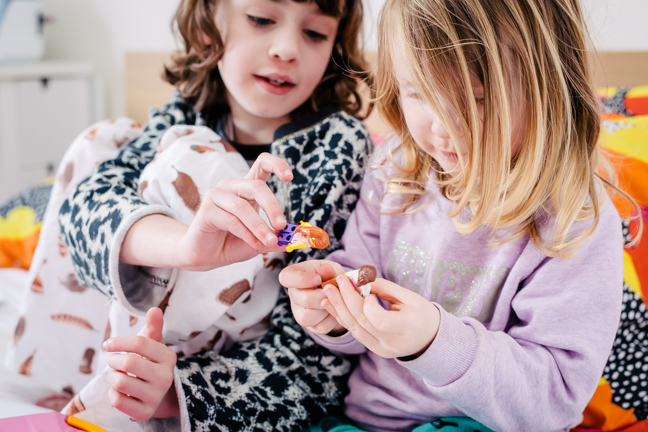
LEGO has always been a go-to toy for me. When I was young, I remember spending hours with my Star Wars set: independently following the instructions to recreate the Millennium Falcon, lovingly pulling it apart then rearranging it as something different over and over again. But I’m not sure my daughter has gotten into it in the same way. Pulling out that old-school LEGO with her means I need to be ready to invest a stack of time, patience and focus—in other words, all qualities I’m clearly lacking of near the end of the day.
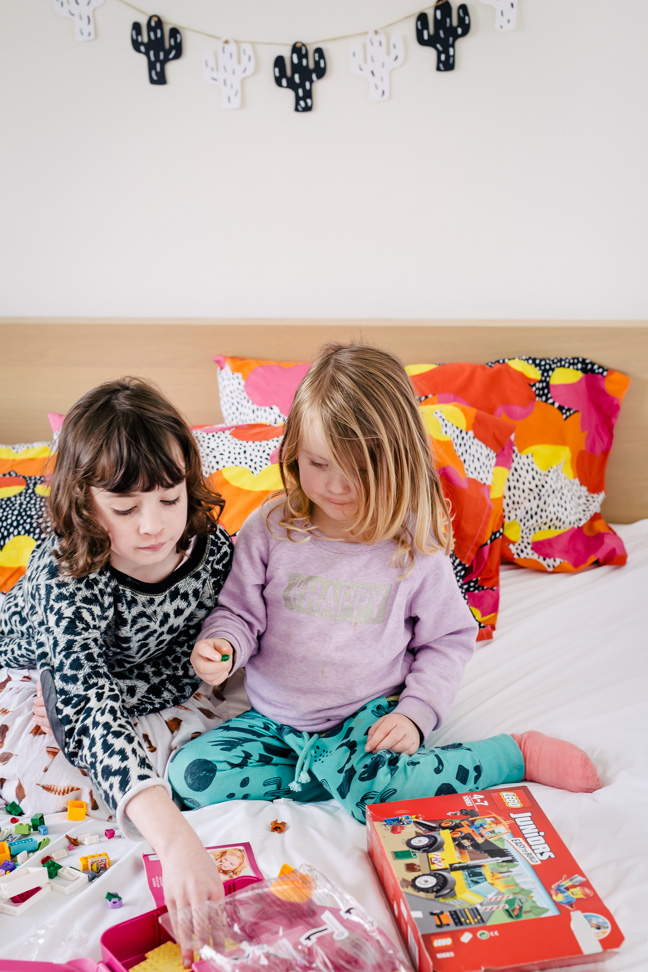
LEGO Juniors is different—a set built with 4 to 7 year olds in mind. The big plus here is that it’s easy for younger kids. Instead of all the pieces arriving mixed in one large pack, small projects are separated into their own bags—clearly labelled 1, 2, 3, and 4.
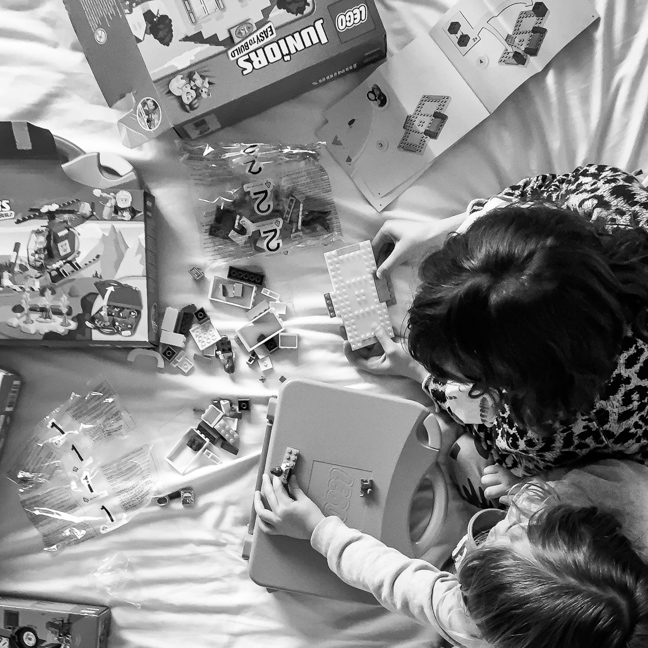
With one glance at the instruction book, my daughter and her playmate can start building on her own. Working on the Family House pack, it took them less than three minutes to whip up their own puppy kennel, complete with a food bowl and bones.
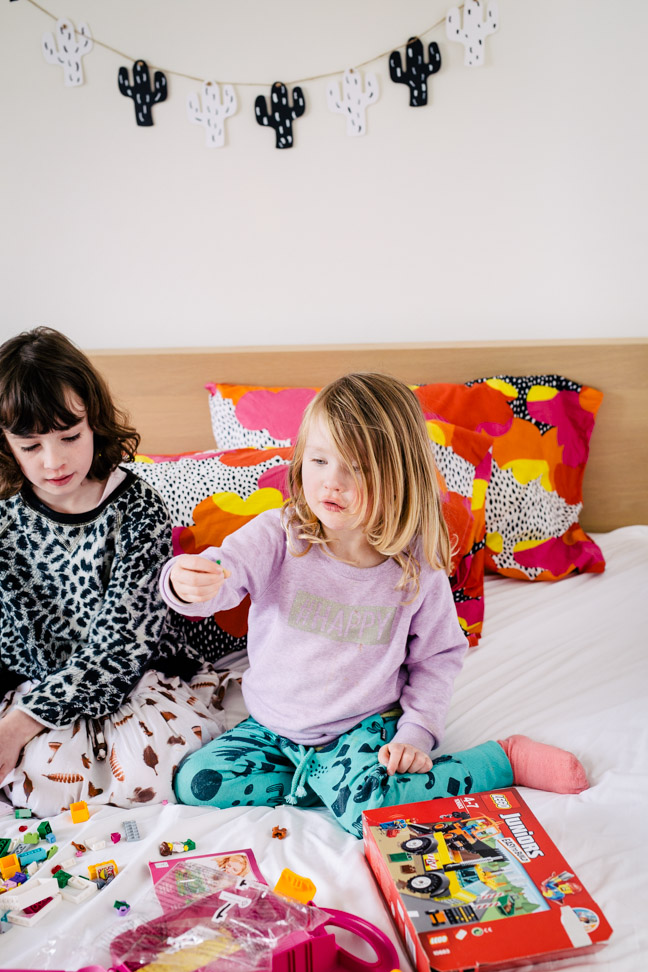
But it wasn’t all that speedy. Each pack leads to the next which is a little more challenging, without being overwhelming. In our case, the next step involved putting together the exterior of a new home. I expected to have to help them work through it but, after one tweak from me, they took over progressing through each page of the instructions to build it themselves.

Pretty soon it was clear I wasn’t needed at all. After I put dinner on, I walked back into her room to discover the two of them playing with the puppy, rearranging the kitchen—completely and utterly absorbed in building their new home.
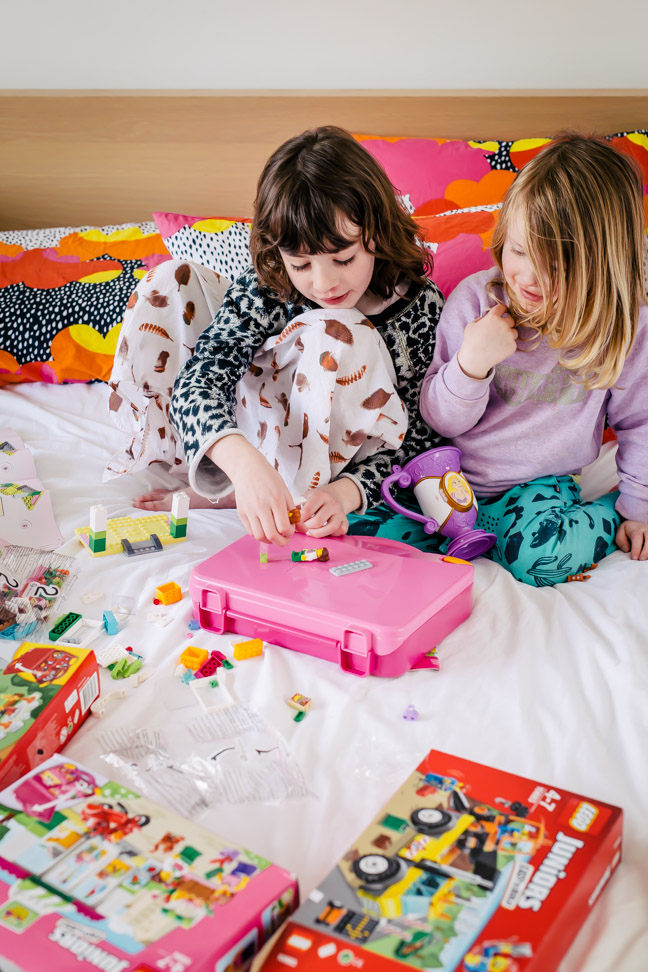
Watching them lost in the mini version of my domestic daydream I suddenly realised: it’s easy to get carried away with all the knick-knacks you can buy for your shack—bookshelves and bedding, credenzas and cactuses—but at the end of the day four walls are pretty much the same all over. What makes a house a home is walking into the kids’ room and seeing them happy—no indoor swings required.
This post was sponsored by LEGO Juniors.
More LEGO fabness to try:
